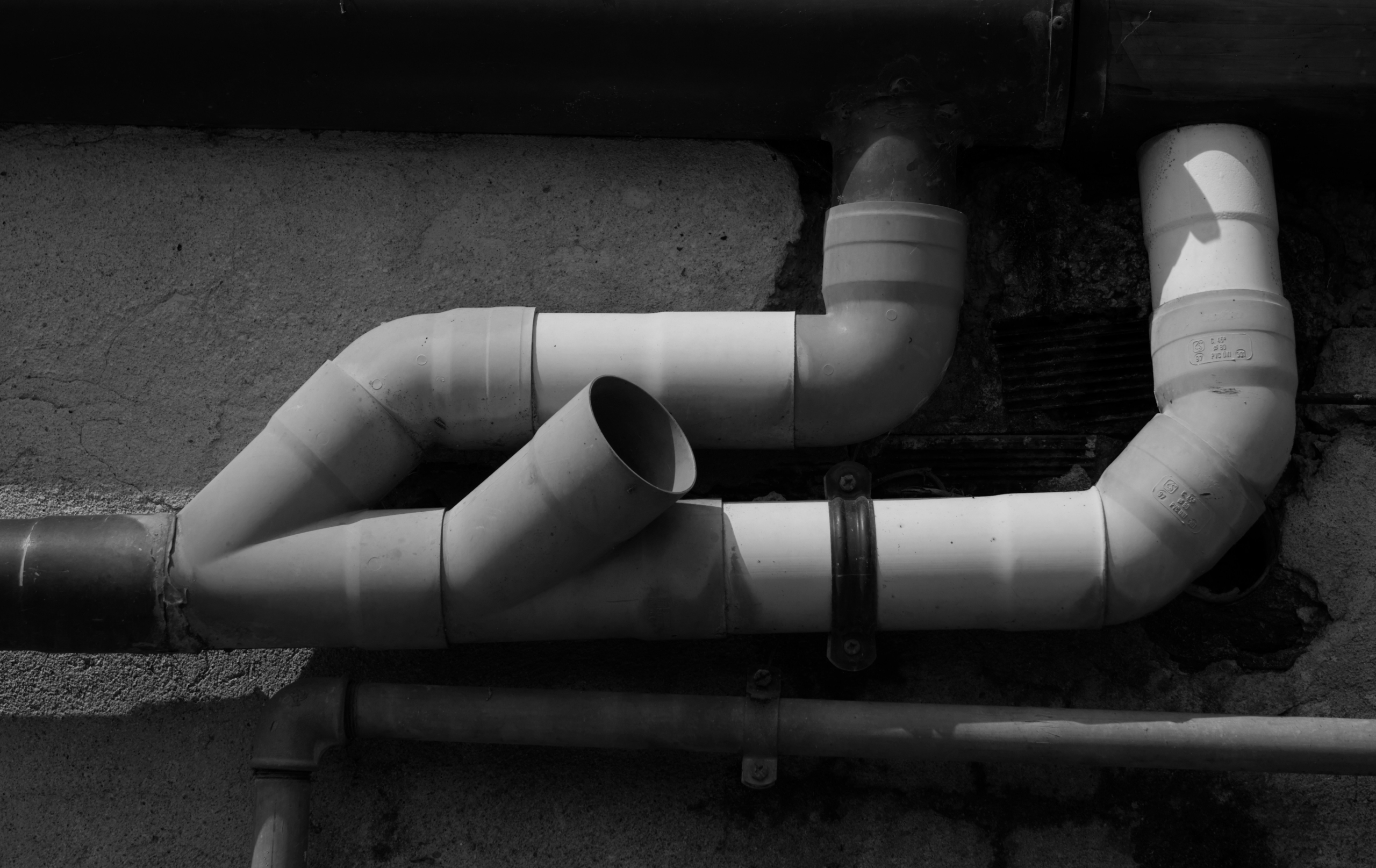Slip-lining has emerged as a popular, cost-effective solution for rehabilitating aging or damaged pipelines. As infrastructure continues to face wear and tear from environmental and material degradation, efficient methods like this help restore functionality without major disruption. In this article, we’ll dive into how slip-lining works and explore the various advantages it offers for pipeline repair projects.
For businesses seeking non-invasive repair techniques, this method offers a streamlined, trenchless solution that minimizes both costs and downtime. Contact us today to learn how Advanced Pipe Repair can help you implement slip-lining for your pipeline needs.
What is Slip-Lining?
Slip-lining is a trenchless method of pipeline repair that involves inserting a smaller pipe, or liner, into the existing damaged pipeline. This liner is often made of materials like polyethylene or fiberglass, which provide a durable, long-lasting solution to common issues like leaks or cracks. The process has been in use for nearly a century and remains a go-to method because it avoids the need for extensive digging or excavation, making it ideal for environments where surface disruption would be costly or impractical.
The basic concept of this method involves sliding or “slipping” the new pipe into the old one. Once the liner is in place, it is grouted and sealed to ensure a secure fit, restoring the integrity of the pipeline. The result is a durable new pipe inside the old one, effectively rehabilitating the system without removing the existing infrastructure.
The Key Advantages of Slip-Lining
Slip-lining comes with numerous benefits that make it a preferred choice for both small- and large-scale projects. Let’s explore some of the top advantages:
Minimal Disruption
One of the primary benefits of slip-lining is that it minimizes surface disruption. Traditional pipe repair methods often require digging trenches to access damaged sections of a pipeline. This can cause significant disruption to roads, businesses, and properties. With this method, repairs are made without major excavation, which reduces both the time and cost of the project.
Cost-Effectiveness
Compared to other repair methods, this repair method is extremely cost-effective. The installation process typically requires fewer resources, and since excavation is minimal, you save on heavy machinery and labor costs. Slip-lining materials, such as high-density polyethylene, are durable and affordable, making it a budget-friendly solution that doesn’t compromise on quality.
Long-Lasting Results
Slip-lining provides a long-term fix. The materials used for the new pipe are highly durable and designed to resist corrosion, wear, and environmental impact. When applied properly, these repairs can extend the lifespan of the pipeline by 50 years or more, making it a reliable option for those seeking a lasting solution.
Versatility
Another major advantage of slip-lining is its versatility. It can be applied to various types of pipelines, including sewer, stormwater, and industrial systems. Additionally, it works with many different pipe materials, from cast iron to PVC. This flexibility allows it to be used in a wide range of scenarios, making it a practical option for diverse repair needs.
Reduced Downtime
This method significantly reduces downtime. The process is relatively quick, and because it doesn’t require extensive digging or pipe removal, businesses and municipalities can resume normal operations faster. The curing time for the grouted liner is often the only delay, but even that is minimal compared to the extended timeframes of traditional repairs.
Count on Slip-Lining for Efficient Repairs
For businesses and municipalities looking to restore pipelines without major disruptions, slip-lining offers an ideal solution. Its cost-effectiveness, durability, and versatility make it a preferred method for repairing pipelines efficiently and with minimal impact. If you’re considering pipeline repairs, this method may be the right choice.
Contact us today to learn more about how slip-lining techniques can solve your pipeline issues and extend the lifespan of your infrastructure!

